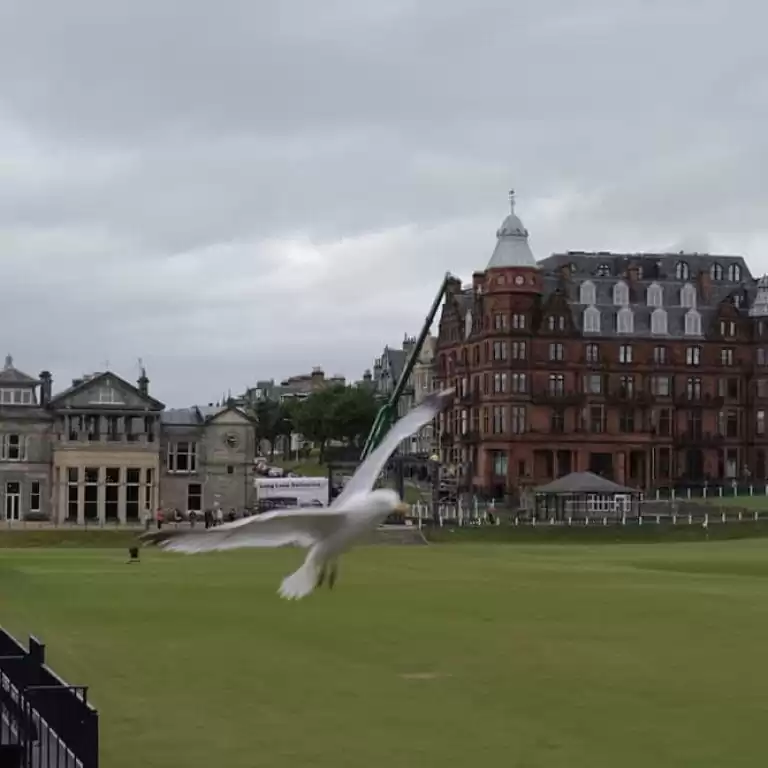
News Animals through time-lapse – part one
(Above: We inadvertently capture a seagull flying past one of our time-lapse camera systems in Scotland!)
Following on from our series of video blogs about time-lapse projects with a human focus, we now move on to a two-part series that looks at the two, four and more legged kinds!
As we have previously explored, the applications of time-lapse have multiplied and diversified considerably since ‘chronophotography’ began to develop in the 19th century.
In fact, it was a study relating to the animal world that led to the inception of this technique. English photographer Eadweard Muybridge was hired by the former governor of California Leland Stanford, to provide proof that a horse gallops with all four of its hooves off the ground.
Fast-forward to the twenty-first century where time-lapse plays a vital role in revealing the most intricate of details and the most fascinating of nature’s processes, most of which are either usually invisible to the naked eye or occur so slowly that they cannot be appreciated in real time. Showing us what the eye cannot usually see, then, time-lapse offers a lens through which to experience such processes over and over again.
By definition, time-lapse means that the frequency at which frames are captured is much lower than when viewed in a sequence, so as to appear as if time is literally lapsing. Processes taking place in the natural world can be condensed and viewed at a much greater speed than at which they take place in reality.
Take this video capturing a butterfly as it emerges from its chrysalis.
This natural transformation usually takes place over the course of several minutes, whereas this time-lapse video allows you to see the process in a matter of seconds.
The HD quality of the image also illuminates the impressive colouring of the newly emerged butterfly, as well as highlighting the more intricate details of the insect’s natural form.
Camera technology has improved vastly in recent years to the point where the quality of the image is often taken for granted, as high definition has become standard.
It is videos like this by Sandro Bocci, however, that remind us of the potential of such technology.
Not simply restricted to documenting what is on land, advancements in technology are such that camera’s lens to explore the depths of the ocean.
Bocci’s video shows a magnified vision of aquatic and marine life with the time-lapse allowing larger time spans to be condensed into shorter sequences.
The combination of ‘alien’ music and magnified visuals has an almost hypnotic effect upon viewing the sequence. The stunning colours bring out the mesmerising details of underwater life.
As well as aesthetically pleasing, such photography and video footage can be used as an educational tool.
This video, created for ‘UCanHatchUs’ in Perth, Western Australia, is part of their programme to teach about natural processes using real-life examples, showing chicks as they hatch from their eggs.
This particular video tracks eight-hours worth of progress and condenses it into a sequence of just over six minutes.
And although not as graceful as the butterfly’s emergence from its cocoon, it is another great example of showing animals and nature developing through time-lapse video.
Read part two now, which includes dogs and marmots!
| Part two >